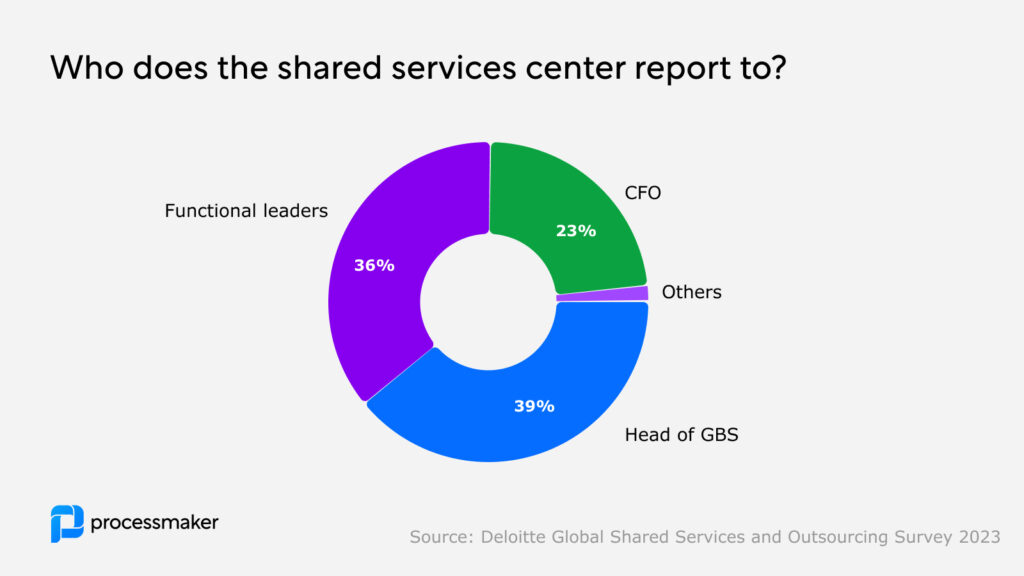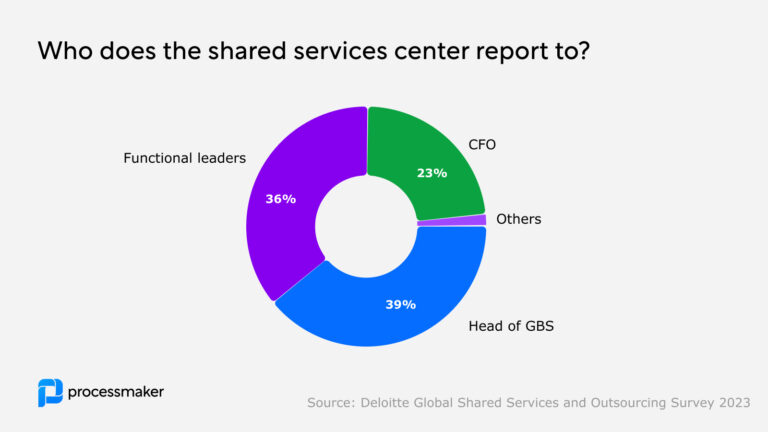Shared service centers are centralized units within an organization that provide specific services to various departments, creating a hub of efficiency and expertise. But why were they created in the first place?
Understanding shared service centers
The answer is simple yet profound—shared service centers were born out of the necessity to streamline operations, reduce costs, and improve service quality. By centralizing tasks such as finance, HR, and IT, businesses can eliminate redundancy, enhance productivity, and focus on their core competencies.
Shared service centers operate as the backbone of modern enterprises. Imagine them as the heart of a great machine, pumping life into every part of the organization. They are not just about cutting costs; they are about fostering collaboration and driving innovation. By pooling resources and skills, shared service centers create an environment where ideas flow freely, leading to higher efficiency and creativity.
The inception of shared services organizations (SSOs) marked a paradigm shift in the business landscape. Initially, cost-efficiency was the primary motivation. However, as businesses began to realize the potential of shared services, their role evolved into something much more significant. Today, shared service centers are pivotal in transforming organizations, enabling them to be agile and responsive in the face of global challenges.
Key functions and examples of shared services
Shared services centers perform a myriad of functions that are essential for the smooth operation of any organization. The primary functions handled by SSOs typically include finance, human resources, IT, procurement, and customer service. Each of these functions, when centralized, provides streamlined processes and reduces redundancies.
According to the report from SSON, the most frequently offered shared service functions are purchase-to-pay, account-to-report, order-to-cash, payroll, and master data management.
For instance, consider the finance department of a multinational corporation. By channeling all financial transactions through a shared services center, the organization can ensure consistent reporting standards, enhance compliance, and improve cash flow management. Similarly, SSOs in the HR domain can standardize recruitment, payroll, and training processes, ensuring every employee gets the same level of service and support.
Examples of SSOs can be found across various industries. In the healthcare sector, companies often rely on shared services centers to manage patient records, billing, and supply chain logistics. Meanwhile, in the financial industry, SSOs help streamline risk management, auditing, and compliance processes. These examples highlight the versatility and adaptability of shared services to different business environments.
Reporting structure in shared services centers
In a larger organization, the reporting structure of a shared services center (SSC) can vary depending on the strategic objectives and the organizational hierarchy.
Based on the Deloitte survey from 2023, the resources within global business services mainly report to the Head of GBS (39%), the functional leaders (36%), and a CFO (23%).

The head of GBS typically oversees the overall strategy and implementation of shared services, ensuring alignment with corporate goals. Reporting to functional leaders responsible for areas such as finance, HR, or IT, allows for closer alignment with specific functional goals and initiatives. Reporting straight to the CFO ensures robust financial governance and strategic cost management, as the CFO has direct visibility into the efficiencies and savings generated by the shared services model.
Benefits of shared services centers
Implementing a shared services model offers numerous advantages that can transform how an organization operates:
- Cost savings: One of the most immediate benefits of shared services centers is the reduction in operational costs. By consolidating functions and eliminating redundancies, organizations can significantly decrease overhead expenses.
- Enhanced process efficiency and accuracy: Centralized services ensure that processes are standardized across the organization, which enhances both efficiency and accuracy. Consistent processes minimize the risk of errors, improve workflow management, and increase the overall quality of output.
- Improved organizational agility and scalability: Shared services centers equip organizations with the flexibility to adapt swiftly to changing market conditions or business demands. The centralized structure facilitates quick responses to growth opportunities or operational downsizing, providing a competitive advantage in a dynamic marketplace.
- Increased focus on core competencies: By diverting administrative tasks to a shared services center, companies enable their teams to focus on strategic goals and core business functions.
- Enhanced data management and reporting: A unified approach to operations through shared services bolsters data consistency and reporting capabilities. Organizations benefit from improved data reliability and analytics, enabling informed decision-making and strategic planning.
Common goals in shared service centers
Shared service centers are driven by a strategic aspiration to optimize organizational performance and foster innovation through measurable objectives.
Cost-efficiency
Among the most prominent goals is cost reduction, a fundamental KPI for SSOs. By streamlining operations, reducing redundancy, and centralizing processes, organizations achieve significant financial savings, allowing resources to be reallocated toward growth initiatives.
Implement automation
Another critical objective is to increase automation. By embracing automation tools, SSOs can enhance productivity, decrease processing time, and elevate the quality of service delivery. This not only reduces human error but also enables staff to focus on more complex, value-added activities.
Making use of Gen AI
Furthermore, the incorporation of cutting-edge technologies such as artificial intelligence (AI) and machine learning is becoming a pivotal goal for SSOs seeking to remain competitive. These technologies offer predictive analytics, automation of routine tasks, and improvement of customer interactions, positioning the organization at the forefront of technological innovation.
Future trends and the role of technology in SSOs
In recent years, the landscape of shared services has evolved dramatically with the advent of advanced technologies like automation and artificial intelligence. These innovations have transformed how SSOs function and offer untapped potential for further growth and efficiency.
Automation has played a significant role in enhancing the capabilities of shared services centers. By automating routine tasks, organizations can free up valuable human resources, allowing them to focus on more strategic activities that drive business growth. Automation also minimizes the risk of errors, resulting in increased accuracy and efficiency in processes such as data entry, invoice processing, and customer interactions.
AI, particularly Generative AI (GenAI), is set to revolutionize SSOs further. According to research by the Shared Services & Outsourcing Network (SSON), only 10% of global business services (GBS) currently have multiple GenAI use cases within their organization. However, 30% are actively piloting and testing, and the rest are assessing the potential benefits. This indicates a growing interest in leveraging AI to enhance shared services.
GenAI can streamline complex decision-making processes, improve data analysis capabilities, and enable personalized customer experiences. Businesses that harness the power of GenAI can gain a competitive advantage by uncovering insights, automating processes, and driving innovation. However, it’s essential not to wait too long to adopt these technologies, as failing to do so may result in missed opportunities and a loss of momentum in the competitive landscape.
Conclusion
Shared services centers have become an integral part of modern business operations, offering unparalleled efficiency, cost savings, and scalability. By centralizing essential functions, organizations can streamline their processes, enhance accuracy, and adapt to changing market conditions effectively.
While there are challenges to implementing shared services, the benefits far outweigh the risks. Organizations must be proactive in addressing potential resistance to change, establishing strong governance frameworks, and investing in the necessary technology and infrastructure.
Looking to the future, automation and AI will play a crucial role in shaping the evolution of shared services. By embracing these technologies, businesses can unlock new opportunities, drive innovation, and stay ahead of the competition.





